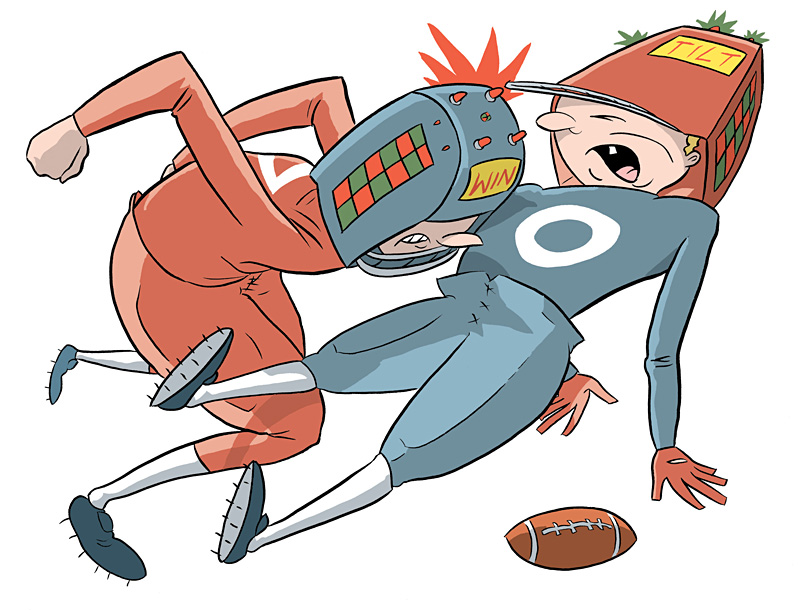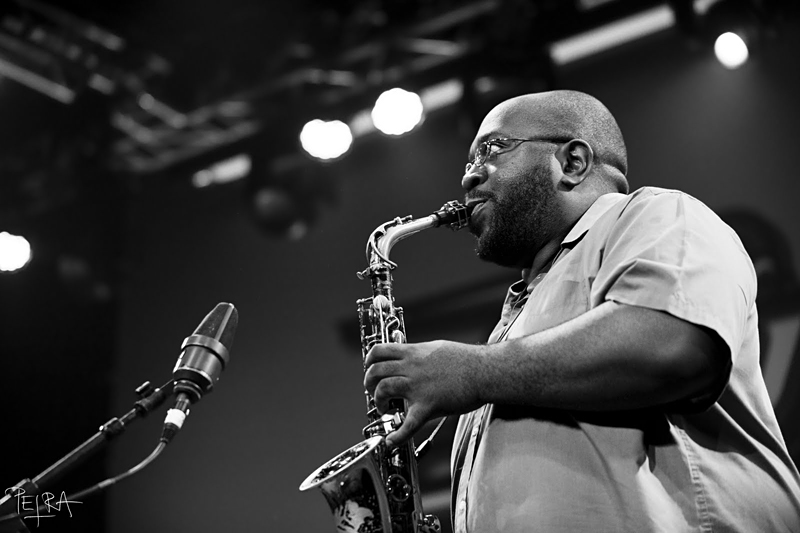IN THE DAYS BEFORE and after the Aurora Bridge bus shooting last November, hundreds of people were reading and discussing Russell Banks’ novel The Sweet Hereafter as part of a Seattle Public Library program called “If All of Seattle Read the Same Book.” It was a chilling coincidence, since the book’s central event is a fatal bus accident in a small New York town. Banks’ story grows from the aftermath of the tragedy, as an attorney tries to enlist the victims’ distraught relatives in litigation. Will the Seattle story parallel Banks’ fiction in this regard?
So far, it appears not. Several of the most seriously injured victims say they have not been contacted by any ambulance-chasing attorneys and do not wish to be. But there does seem to be at least one lawsuit brewing: A local transportation engineer who frequently testifies in accident cases says he has already been enlisted by a plaintiff’s attorney to investigate the safety of the Aurora Bridge.
King County, which oversees Metro, has agreed to provide injured passengers up to $25,000 over the next year to pay for “reasonable and necessary” medical care stemming from the incident. “Any payments or needs in excess of that are considered on a case-by-case basis,” says Metro spokesperson Dan Williams. The county has also reimbursed passengers for clothing and property lost in the accident, and helped others receive lost wages from a state program that assists crime victims who miss work.
These efforts appear to have generated considerable good will. Accident victims contacted by the Weekly expressed almost uniform satisfaction with the way government officials have dealt with them in the hours and weeks following the incident. “I just can’t say enough good things about the way we’ve been treated,” says Lee Ayers of Bellevue, whose 37-year-old son, Craig, lost his spleen and suffered a cracked pelvis and cracked vertebrae. “We have had calls on a continuing basis from various agencies. Ron Sims called me. I really appreciated that.”
Al West, who was a longtime friend of Herman Liebelt, the 69-year-old man who died shortly after the crash, says county officials came to his apartment “and brought their checkbook. They were very courteous. They were more than willing to compensate for any damages incurred.” (Liebelt—the only other fatality besides Metro driver Mark McLaughlin and the alleged shooter, Silas Cool—had no survivors, and, according to West, no other friends.)
Thirty-four-year-old Henry Luna, a cook at McCormick & Schmick’s Harborside restaurant, whose right lower leg was crushed in the crash, says, “I’ve been treated very good. Ron Sims approached me [at the hospital], treated me very fairly, said that anything we need they were going to be accessible.” Luna adds, “They’re being helpful because they know the situation they’re in and they know how ugly it can get.”
METRO’S DAN WILLIAMS says the county is acting largely out of human sympathy and not from any desire to avert a lawsuit. “I think a lot of what we’ve done has been independent of any liability issue that might arise.” Williams says he is not aware of any attempts by victims to begin litigation, but he admits he “wouldn’t be surprised if legal things arise. They usually do in a disaster of this magnitude.”
The most likely candidates for litigation are undoubtedly the relatives of the deceased Metro driver, Mark McLaughlin. McLaughlin’s brother, Mike, speaking from his home, declined to comment when asked how satisfied his family has been with their treatment from the county. “It’s a situation that hasn’t been addressed yet,” he said. “We’re still going through a healing process.” He declined to say whether his family has retained an attorney, saying that was “confidential.”
Local trial attorneys say some sort of lawsuit is inevitable, but they don’t think the case is very promising. “Just based on what I read in the papers, an action against Metro would be an uphill battle that I would expect Metro to vigorously contest,” says Bill Bailey, a prominent personal injury lawyer. Bailey says that the primary question is: What kind of notice was there prior to the incident? Did Metro have reason to anticipate an event such as the shooting and fail to take steps to prevent it? “The more red flags there are—if ignored—the better the liability case.”
As it happens, Metro’s route No. 6 (or No. 359 express) had the third-highest number of security incident reports in 1998, including a half-dozen or more driver assaults. Two years ago, Metro drivers circulated a petition calling for more security on the route, but the county apparently discounted those complaints. In addition, there may or may not have been an incident on the No. 6 involving Silas Cool just three months before the shooting. An individual pointed a gun at a bus driver’s head and pulled the trigger twice, though no bullet was fired. After the Aurora Bridge disaster, the driver identified his assailant as Cool, though Metro officials say they are not convinced. Some Metro workers have argued that Metro was not diligent enough in trying to track that individual down.
“You can always argue that Metro could have, or should have had, armed guards on each bus, but I think that’s going to be a stretch,” says attorney Bill Bailey. Metro argues that it has taken steps to tighten security in recent years. “This was clearly a senseless criminal act, [and did not result] from any negligence on the part of the county,” says Metro spokesperson Williams.
Another possible opening for a lawsuit would be the claim that the Aurora Bridge is in substandard condition, worsening the accident. Someone is clearly investigating this line of argument. Edward Stevens, a transportation expert in Olympia, says he has been contacted by a plaintiff’s attorney (whom he did not wish to identify), as well as by the county (whose solicitation he had to turn down), about looking into the crashworthiness of the bridge. He has already been up to Seattle to take photos.
While Stevens notes that the state, which owns Highway 99, is not expected “to rebuild a bridge every time the [highway] code changes,” he says that in the 1970s the Federal Highway Administration did recommend some general bridge-upgrading measures, which may not have been performed. Still, even if the Aurora Bridge were completely up to contemporary codes, “the bus might still have gone over,” Stevens says. Today’s guard rails are expected to withstand a 4,500-pound passenger car crashing in at an angle, not a 40,000-pound articulated bus plowing in straight ahead.
IN THIS LITIGIOUS age, when every disaster, large or small, seems to set off a rush to the courthouse, this case may turn out differently. One possible reason is the almost miraculous survival rate. Though the bus plunged more than 40 feet, half the passengers were treated and released after only a couple of days in the hospital, and only a few seem to have sustained serious, permanent injury. “The appeal of the case [to a lawyer] is directly proportional to the magnitude of the human suffering involved,” notes one attorney who did not wish to be named. The richest cases are generated from death and lifelong debility, he says. “After that, the dollars fall off pretty quickly.”
What’s more, even though many of the people who suffered in the accident are people of humble means, most express no interest in being part of any legal gold rush. “Lawsuits can work the other way,” observes Lee Ayers. “The lawyers are the ones who make the money. If the defendants win, then the plaintiff becomes responsible for a lot of these medical bills. I told [my son] Craig: ‘You have to remember that as long as the county is trying to do everything they can to help you, that’s probably the best way.”







